
This week Science sent us images of fireworks from the sun, the oldest known grave flowers and a crater hidden in the Antarctic.
1. Solar Impulse
The sun fired off an intense solar flare Wednesday (July 3), giving NASA scientists a solar preview to the Fourth of July holiday in the United States.
The solar flare erupted at about 3 a.m. EDT (0700 GMT) and was spotted by NASA's Solar Dynamics Observatory, which snapped a photo of the July solar storm.
2. Lonesome George
Credit: Natursports | Shutterstock
The world-famous Galapagos tortoise Lonesome George, the last known specimen of his kind, will be preserved by a team of taxidermists in New York, the American Museum of Natural History announced this week.
Lonesome George was the final holdout of the Pinta Island tortoises (Chelonoidis abingdoni). Despite numerous breeding attempts, the tortoise never reproduced. His death of natural causes in June 2012, at the estimated age of 100, marked the extinction of his subspecies.
3. Solar Impulse
A solar-powered plane will fly from Washington, D.C., to New York City tomorrow (July 6), on the fifth and final leg of its unprecedented trip across the United States.
The airplane, called Solar Impulse, is scheduled to depart Washington Dulles International Airport Saturday at 5 a.m. EDT. After roughly 21 hours in the air, the plane is expected to land at New York City's John F. Kennedy International Airport Sunday (July 7) at 2 a.m. EDT.
4. Oldest grave flowers found
The oldest example of grave flowers has been discovered in Israel.
An ancient burial pit dating to nearly 14,000 years ago contained impressions from stems and flowers of aromatic plants such as mint and sage.
5. Hungry galaxies
If galaxies were only limited to the amount of gas they formed with, they would quickly burn through their entire supply by making stars. Astronomers have long suspected that galaxies pull in resources from the universe around them to sustain themselves, but evidence of such consumption is challenging to obtain.
Now a new method is allowing scientists to shine a light on how galaxies keep running. Using the illumination from the bright centre of another background galaxy, scientists have revealed the best observations to date of a galaxy refuelling itself.
6. Sonar may hurt blue whales
The oceans are increasingly cluttered with human-made noise, which can disturb even the largest animals on Earth, blue whales, new research shows.
Whales depend on vocalizations to communicate with other individuals in their species over long distances. But sonar blips that the U.S. military uses in underwater navigation, object-detection and communication are feared to mask whale calls, deter the marine mammals from their habitats and damage the animals' hearing, researchers say.
7. Hawaii hotspot
The hotspot feeding Hawaii's volcanoes may look like one of two lava lamp bubbles - an oval blob or a long, stretched-out plume.
With direct access to the mantle still the stuff of science fiction, scientists have argued for decades about the shape and size of Hawaii's hotspot. Is it shallow, or does it rise from deep in the Earth? Now, a new look under the islands seems to refute the shallow mantle model.
8. Mercury's volcanic facelift
Mercury is looking good for its age.
Even the oldest parts of the surface of the planet closest to the sun are only 4 billion to 4.1 billion years old, not 4.5 billion years old - the age at which the planet formed, a new study finds.
9. Hidden Antarctic crater
The buried lakes under Antarctica's ice cap can unleash massive floods, just like glacial lakes on land, scientists are starting to realize. One recent deluge sent as much water as is in Scotland's Loch Ness flowing under the East Antarctic Ice Sheet, near the Cook Ice Shelf, a new study reports.
Nearly 380 lakes have been discovered under Antarctica's ice, including one with microbial life. Radar and seismic studies that penetrate ice have revealed complex waterways that feed and drain the lakes. Researchers are keen to discover how the streams and floods affect ice flow, especially as modellers try to predict how the frozen continent will respond to climate change.
10. How fireworks work
About halfway between the comparatively sedate Memorial Day and Labour Day holidays, you can't miss the pyrotechnical gloriousness that is Fourth of July. Come nightfall, thousands of fireworks displays will boom brightly across the country, celebrating America's birthday.
So how do these festive fireworks work? A firework, essentially, is a casing filled with explosives and combustible, colourful pellets called stars. These stars are the individual "dots" that glow in the sky. The most common type of firework, and the ones you'll likely see this year wherever you watch a civic firework event, is called an aerial shell.
11. Beautiful coral reefs
Credit: Dan Norton | Coral.org
Despite the negative connotation of the word parasite, parasites enjoy the world's most successful lifestyle! In fact, parasites account for the majority of inhabitants of coral reefs, which are the world's most diverse ecosystems. To truly understand coral reefs and how they will be impacted by environmental change, we must understand their parasites.
Gnathiids are particularly unusual parasites because they only feed as larvae, and the only thing that gnathiid larvae eat is blood. Amazingly, adult gnathiids don't feed at all. But in terms of my research, the most important thing about gnathiids is that they serve as the primary food for cleaner fish.
12. Head of Roman god
An 1,800-year-old stone carving of what may be the head of a Roman god was recently found in an ancient garbage dump, British archaeologists announced today (July 3).
An undergraduate student at Durham University discovered the largely intact head during an archaeological dig at the Binchester Roman Fort, a major Roman Empire fort built around A.D. 100 in northeastern England's County Durham.

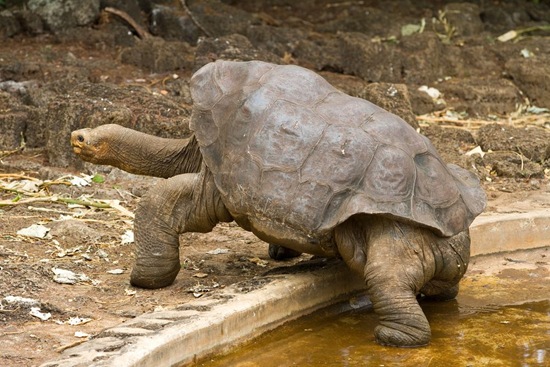

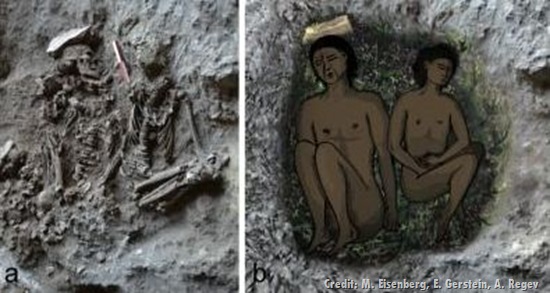
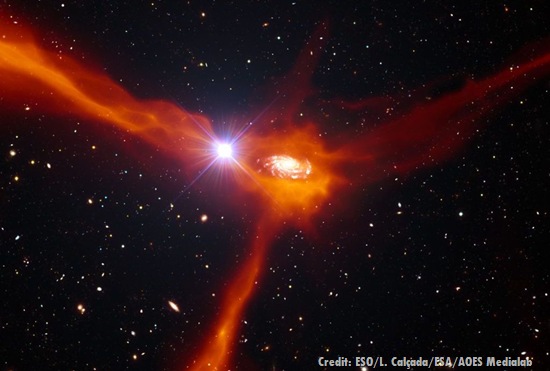
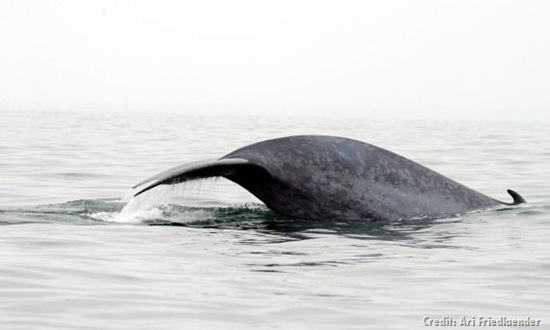

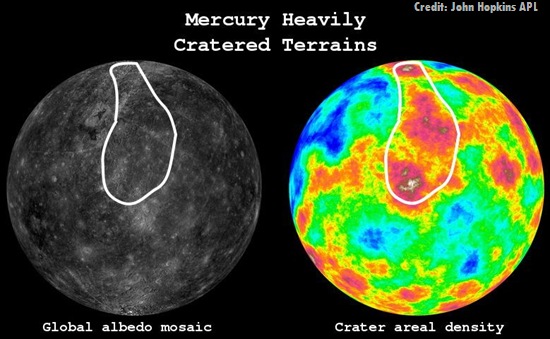
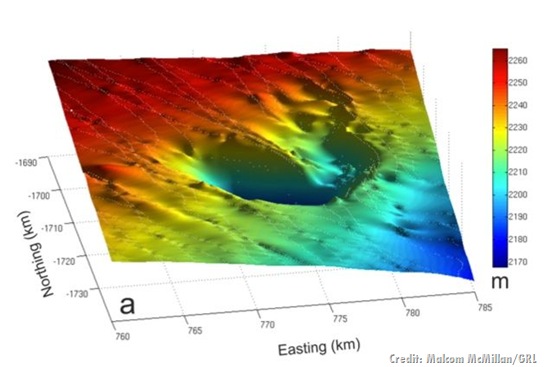

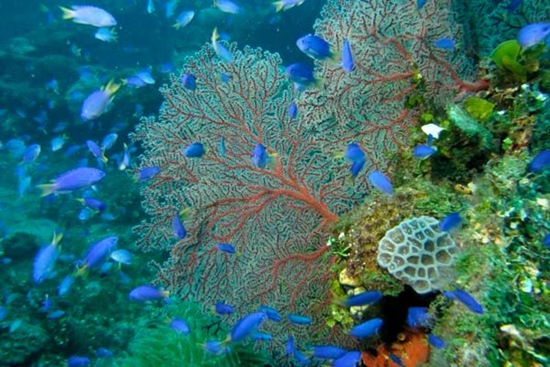
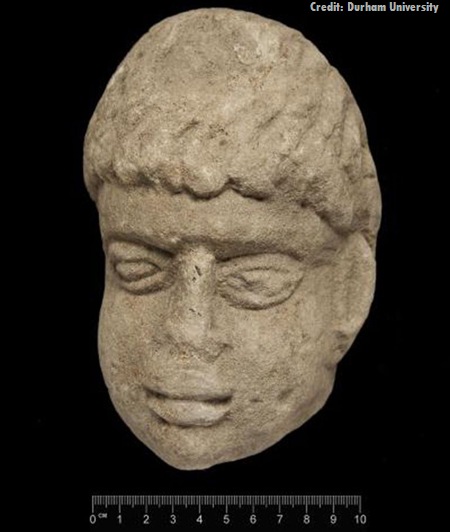
No comments:
Post a Comment
Please adhere to proper blog etiquette when posting your comments. This blog owner will exercise his absolution discretion in allowing or rejecting any comments that are deemed seditious, defamatory, libelous, racist, vulgar, insulting, and other remarks that exhibit similar characteristics. If you insist on using anonymous comments, please write your name or other IDs at the end of your message.